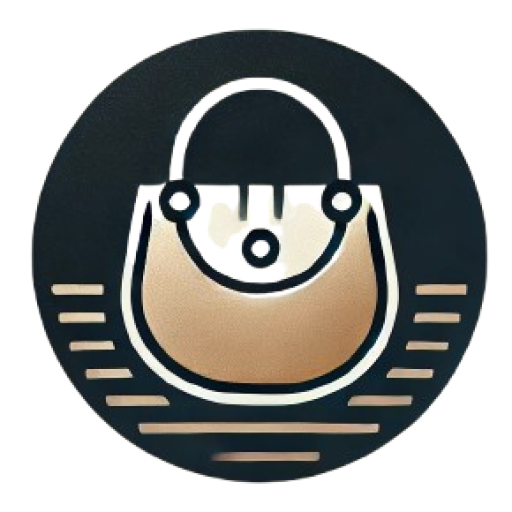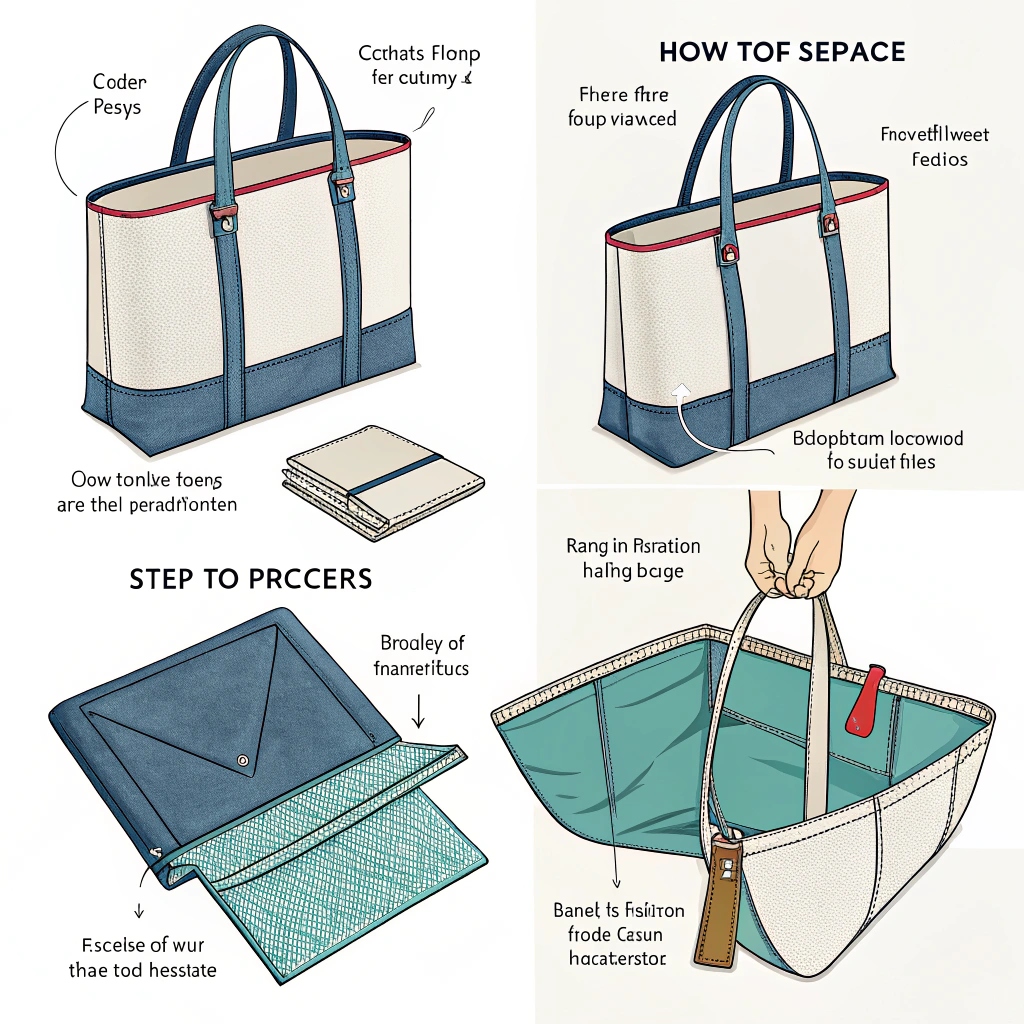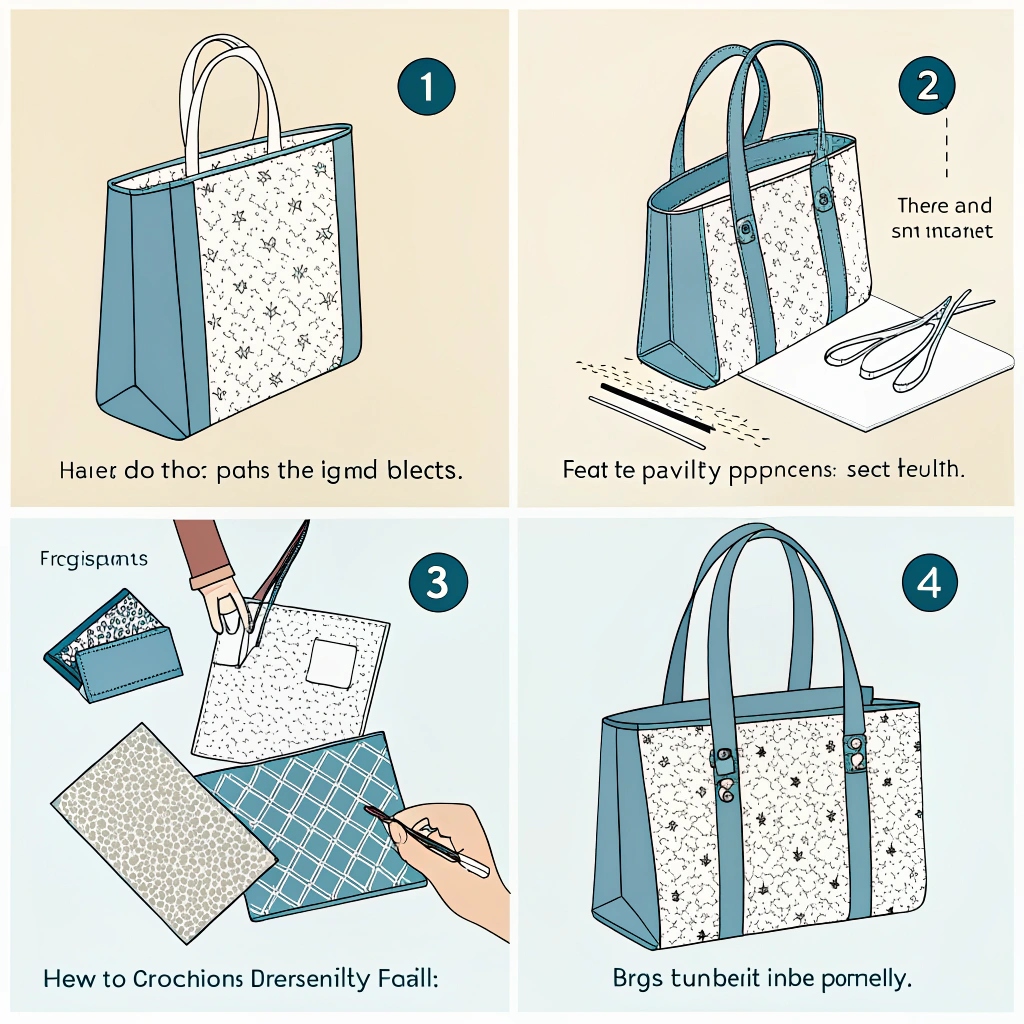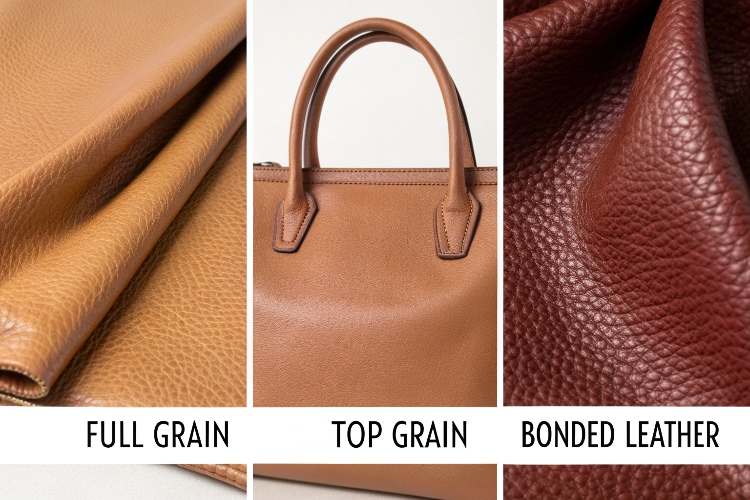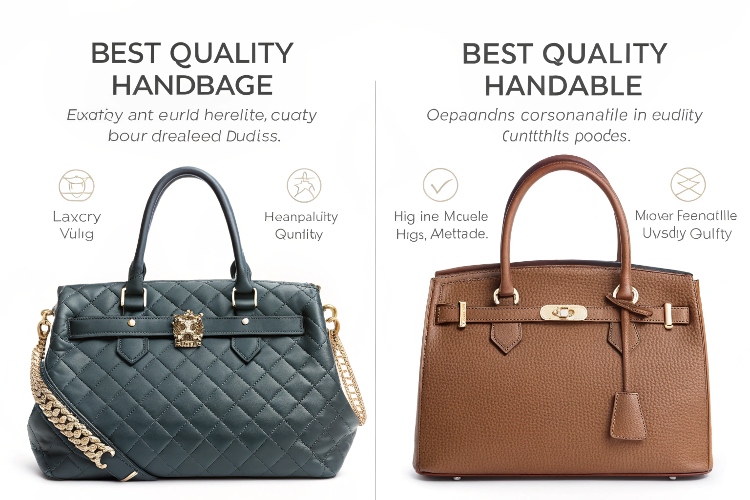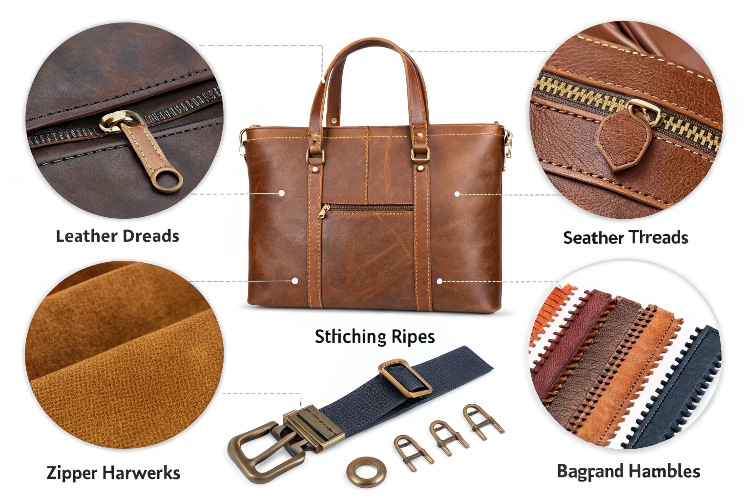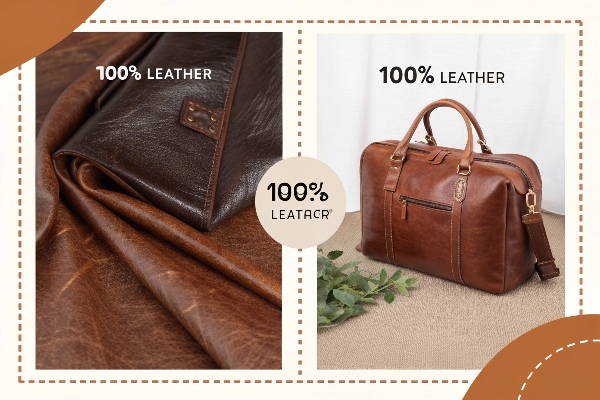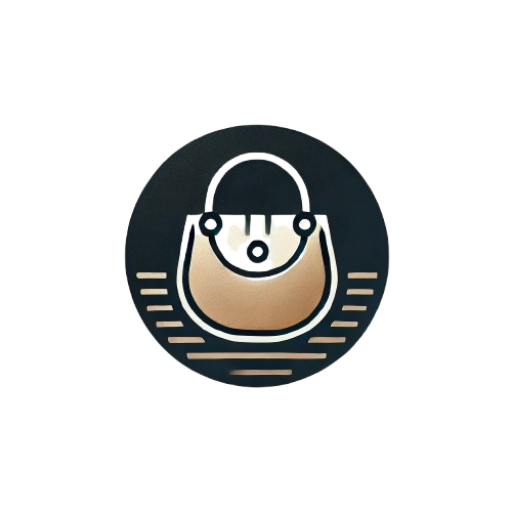Design & Material Selection (leather, fabric, or synthetics).
Precision Cutting using patterns or lasers.
Layering & Stitching (sides, handles, linings).
Adding Hardware (zippers, clasps, straps).
Quality Checks for durability and finish.
High-end bags focus on reinforced seams, edge coating, and material integrity.
Design & Pattern Making (Sketches, 3D Modeling, Prototyping)
Sketches: From Spark of Inspiration to Pencil on Paper
A designer’s sketchbook acts as a “handbag gene bank.” For example, designers at New York brand Mansur Gavriel first observe architectural lines or sunset colors, transforming three-dimensional structures into flat silhouettes. They use 0.5mm technical pens to draw over 200 variations, solely to find the golden ratio between strap and body.
3D Modeling: The Digital Tailor’s Magic
When sketches get scanned into Clo3D software, engineers at Danish brand RAINS adjust virtual models’ load-bearing parameters. They discovered: when a backpack’s base is 1.2cm wider than its top, virtual books in the computer automatically distribute pressure – this proves 3 times faster than traditional cardboard pattern making, while allowing preview of color changes when canvas gets wet.
Prototyping: The Tango of Leather & Sewing Machines
In Milanese leather workshops, master craftsmen experiment with 3mm vegetable-tanned leather from French tannery HAAS. When sewing machine stitch length gets adjusted to 8 stitches per inch, seam strength increases by 40%. A cool fact: Hermès artisans conduct drop tests with prototypes filled with pebbles, ensuring metal hardware won’t deform under violent impacts.
Leather Cutting and Processing
Layering: Assigning “Household Registration” to Hides
When a leather cutter gets a whole cowhide, the first task is using a splitting machine to “peel” it. This machine works like a giant pencil sharpener, pushing its blade evenly along the surface to split a 3mm-thick raw hide into 3-4 layers. The top layer called the grain layer has natural pores and textures, reserved for bag exteriors. The middle flesh layer has loose cotton-like fibers, only suitable for linings.
Traditional European tanneries like Italy’s Conceria 800 still use manual splitting knives. Masters press the hide edge with their knees, pushing the blade forward at 45 degrees to control layer thickness within 0.2mm differences – a skill rivaling sushi chefs slicing tuna.
Thinning: Making Leather “Slim”
Split hides go through a skiving machine resembling an automated rolling pin, using 1200-grit sandpaper rollers. Italy’s COMEC skivers achieve precise localized thinning, like trimming bag flap edges to 0.5mm while keeping central areas at 1.2mm to prevent bulging when folding.
Trivia: For crocodile hides, masters blow hot air at 65℃ on scales before skiving. This makes scales slightly curl up, allowing special curved blades to thin the hide while preserving capillary patterns under scales – these starry patterns under UV light authenticate genuine products.
Dyeing: “Dressing” the Leather
European factories use drum dyeing machines, tumbling 20 hides in giant barrels with oak-fermented plant dyes for three days. Japanese craftsmen like those at Tsuchiya Kaban stubbornly apply dyes with horsehair brushes. They scrape brushes 18 times on glass plates after each dip to ensure even moisture.
Gradient dyeing trends now. Hermès’ specialty involves soaking hides in acidic dye, then quickly dipping in alkaline solution. Carbon dioxide bubbles form where liquids meet, creating unique marble patterns when bursting. Collectors specifically seek these “bubble leathers” – a peacock-blue bubble-pattern Birkin sold for $220,000 at Sotheby’s five years ago.
America’s Tandy Leather unveiled a radical technique last year: using lasers to burn micrometer-level pores in dyed surfaces, then spraying different colored dyes. Leather treated this way shifts colors like cat’s eye stone when rotated under light – currently only achievable with their three custom-built machines.
Handmade vs Machine Sewing (Haute Couture Ateliers vs Assembly Lines)
How much does a single stitch cost?
In Parisian haute couture ateliers, a rolled hem might cost more than an average person’s monthly salary. Masters hone their saddle stitch technique over 20 years, achieving precise 0.3mm spacing between stitches – this pre-WWII sewing method remains mandatory training for Hermès artisans. Meanwhile at Florida handbag factories, Japanese JUKI sewing machines punch 300 stitches per minute, producing seams as uniform as photocopies.
Hierarchy of leather grades
At Milan’s Scuola del Cuoio leather school, apprentices wait three years before touching crocodile belly leather. This rare material with 5 natural pores per square centimeter confuses machines that can’t distinguish front from back. Assembly lines use vegetable-tanned cowhide cut by laser templates, with scraps instantly recycled into keychains.
Time is the most expensive material
A Delvaux Brillant bag requires 23 man-hours of hand-stitching, with 3 hours just for wrapping thread around handles – enough time to watch Titanic twice. Michael Kors’ Jet Set chain bags move from cutting to quality control in 47 minutes, faster than cooking instant noodles.
Inspectors’ eagle eyes
In London’s Savile Row leather workshops, masters examine every thread with magnifiers, cutting and redoing flawed stitches. Mass-market quality control involves three-stage checks: machine-measured stitch spacing → UV glue detection → 5-second visual inspection. Human eyes handling 800 bags daily learn to cut corners better than machines.
Repair department secrets
Wealthy women know haute couture bags come with original stitch records – a Sotheby’s auctioneer authenticated Princess Diana’s handbag this way in 2018. For assembly-line products? Repair technicians squint at inner tags: “Was this batch using Korean thread or Guangdong thread?”
What exactly are you buying?
A Parsons School of Design experiment revealed: machine-stitched bags show white base layers after 3 hours of sanding, handmade versions lasted 8 hours. Yet reality shows COACH totes carry 5kg laptops, while that three-year-wait Birkin bag won’t even hold your coffee cup.
Quality Inspection and Packaging (Flaw Detection, Brand Marking)
Flaw Detection: Tighter than Airport Security
The bag is fully formed at this stage, but factory workers become “flaw-hunting experts” using magnifying glasses. These aren’t ordinary inspectors – for example, craftsmen at a historic Florence workshop in Italy slide the inner palm (the most sensitive skin area) across the entire bag lining, detecting even 0.5mm protruding stitches.
Three-point positioning inspection method is common among international luxury brands: First check appearance symmetry using laser line projectors – bags with over 2mm deviation get rejected immediately. Next comes hardware “sound checks” – experienced workers shake metal clasps to judge spring installation accuracy by sound. Finally, stress tests: workers load randomly selected bags into centrifuges for 20-minute spins to simulate extreme usage.
The Hidden Battle of Brand Markings
Think labels just mean sewing a logo? 2022 Gucci court documents against counterfeiters revealed authentic products weave UV fluorescent threads into lining fabric, with patterns requiring 80x microscopes to replicate. More extreme cases include a UK niche brand sewing micro NFC chips into strap seams – tapping a phone shows verification pages.
Packaging involves temperature control science – Hermès orange boxes must fold in 22℃ constant-temperature rooms, as excess humidity reduces adhesive strength by 30%. Workers wear white gloves not for show, but to prevent fingerprint marks on gold-stamped logos. Recent insider knowledge: LV’s new eco-friendly boxes use military-grade honeycomb paperboard that withstands 220-pound man stomps without deformation.
Final Assembly Line Rituals
A slick trick observed at Miami Leather Goods Expo: premium factories stage “bag casing ceremonies.” Workers must shake dust-proof bags three times like dressing newborns before inserting finished bags. Documentaries captured a French atelier spraying custom three-phase fragrances (top-leather, middle-sandalwood, base-cedar) onto each box for gradient scent experiences upon unboxing.
Anti-counterfeit tracking codes now reach new extremes. A New York studio provides blockchain IDs for each bag – scanning reveals full logistics history from cattle slaughterhouse to retail store, including transport truck license plates. Next time you see that small card in the box, don’t toss it – that could be a $500溯源certificate.
